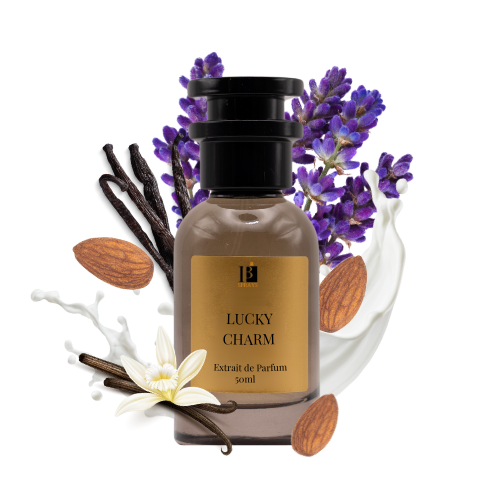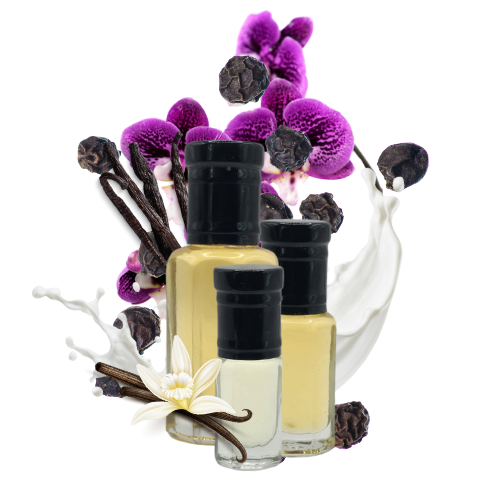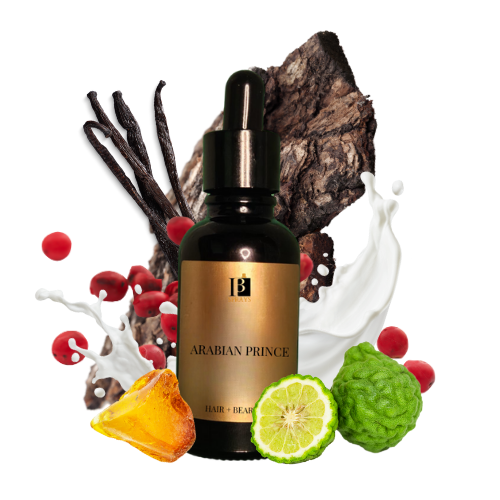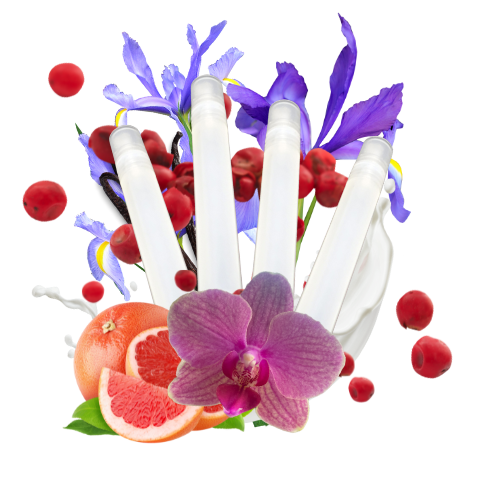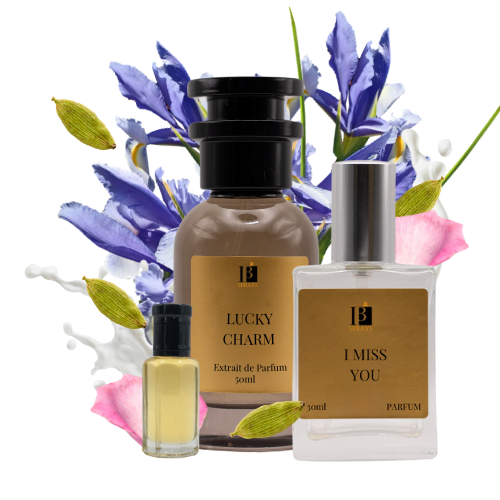
Ageless Aromas: Classic Perfumes That Have Stood the Test of Time
Share
With its evocative power, perfume can transcend time, becoming integral to personal identity. When it comes to popular fragrances, certain classics have endured the test of time, continuing to captivate the senses across generations. In this article, we journey through timeless scents, exploring enduring women's, men's, and unisex fragrances, all born before the turn of the century. Discover the factors that define timeless fragrances and why popular scents are sometimes discontinued.
Women's Classics
A women's fragrance that withstands the test of time typically possesses a timeless and versatile scent profile, featuring a well-balanced combination of notes that transcends fleeting trends. Enduring fragrances often evoke a sense of emotional connection and nostalgia, creating a lasting allure that resonates with a broad range of women across generations. Here are some examples:
- Chanel No. 5 (1921): Introduced by the iconic Coco Chanel, Chanel No. 5 remains the epitome of sophistication. Its timeless blend of floral and aldehydic notes has made it a symbol of timeless elegance.
- Shalimar by Guerlain (1925): A masterpiece by Jacques Guerlain, Shalimar weaves oriental magic with its notes of iris, vanilla, and opoponax. Its allure has made it a perennial favourite since the Jazz Age.
- Joy by Jean Patou (1930): Known as the "costliest perfume in the world" during its debut, Joy is an opulent blend of jasmine and rose, capturing the essence of luxury and glamour.
- L'Air du Temps by Nina Ricci (1948): Created by Francis Fabron, this timeless fragrance is a harmonious bouquet of florals featuring the distinctive intertwining of jasmine and rose.
Men's Classics
A men's fragrance that endures over time typically combines a classic and sophisticated scent profile with a distinct yet versatile character, allowing it to remain relevant in various contexts and occasions. The longevity of a men's fragrance is often attributed to its ability to strike a harmonious balance between traditional elements and modern sensibilities, creating a timeless appeal that resonates with a diverse audience. Here are some examples:
- Old Spice (1937): A staple in men's grooming, Old Spice, with its distinctive spiced scent, has been a steadfast companion for generations. Its classic appeal endures as a symbol of timeless masculinity.
- Brut by Fabergé (1968): Brut revolutionised men's fragrances with its bold and distinctive aroma. With notes of lavender, vetiver, and spice, it embodies the timeless essence of male confidence.
- Aramis by Estée Lauder (1964): A creation by Bernard Chant, Aramis is a classic leather fragrance that exudes masculinity. Its enduring popularity lies in its blend of woody and spicy elements.
Unisex Classics
Unisex fragrances became popular in the late 20th century, influenced by the counterculture movement and changing attitudes towards gender norms. Responding to a demand for scents transcending traditional gender roles, the fragrance industry introduced versatile and gender-neutral options. This trend has persisted, with contemporary brands emphasising inclusivity and challenging conventional gender-based marketing. Some examples of classic unisex fragrances still available today are:
- CK One by Calvin Klein (1994): A trailblazer in unisex fragrances, CK One captured the essence of the '90s. Its fresh and clean notes of bergamot, pineapple, and green tea broke gender norms, creating a scent for all.
- Acqua di Parma Colonia (1916): With its citrusy and aromatic notes, Colonia by Acqua di Parma embodies Italian elegance for both men and women.
The Factors that Define Timeless Fragrances
The longevity of a fragrance is a result of carefully crafted elements that resonate across eras. First and foremost is the balance of notes – a symphony where no single scent dominates, allowing versatility and widespread appeal. Timeless fragrances often possess a unique signature, a distinct character that sets them apart, like Chanel No. 5's iconic aldehydic bouquet or the unmistakable spiced warmth of Old Spice.
Furthermore, the craftsmanship behind these classics involves using high-quality ingredients, ensuring a rich and nuanced scent profile that withstands the test of time. A well-balanced blend of top, middle, and base notes contributes to the fragrance's complexity and depth, enhancing its allure and preventing it from becoming one-dimensional.
Packaging also plays a crucial role – a timeless fragrance often boasts an elegant and iconic bottle design that complements the olfactory experience. The emotional resonance tied to these scents, perhaps through clever marketing or cultural significance, secures a lasting place in the hearts of consumers.
In essence, the endurance of a fragrance lies in its ability to transcend trends, offering a sensory experience that remains relevant, resonant, and irreplaceable across the years.
Why are Popular Scents Discontinued?
If you're a fragrance lover, it's likely, at some point, you've experienced the devastation of a favourite fragrance being discontinued, but why does this happen?
Popular scents are discontinued for various reasons, often driven by shifts in consumer preferences, market trends, or corporate strategies. Fragrance houses continuously strive to stay relevant in a dynamic and competitive market, leading them to retire certain scents to make room for new and innovative creations.
Economic considerations, such as the cost of raw materials or production, can influence these decisions. Additionally, changes in regulations related to ingredient sourcing or formulations may prompt the discontinuation of certain fragrances.
Consumer demand plays a pivotal role; if a scent experiences declining popularity or fails to resonate with a target audience, companies may discontinue it to allocate resources more effectively. Despite the disappointment among loyal fans, discontinuations can create a sense of exclusivity for those who still possess the coveted fragrance while the industry adapts to evolving tastes and market dynamics.
Conclusion
Classic fragrances transcend fleeting trends, embodying a timeless allure that continues to resonate. Whether it's the floral symphony of Chanel No. 5, the spiced warmth of Old Spice, or the groundbreaking unisex appeal of CK One, these perfumes retain a popularity that allows them to withstand the test of time. These classics remain eternal in a world of ever-evolving scents, offering a fragrant journey through history.


